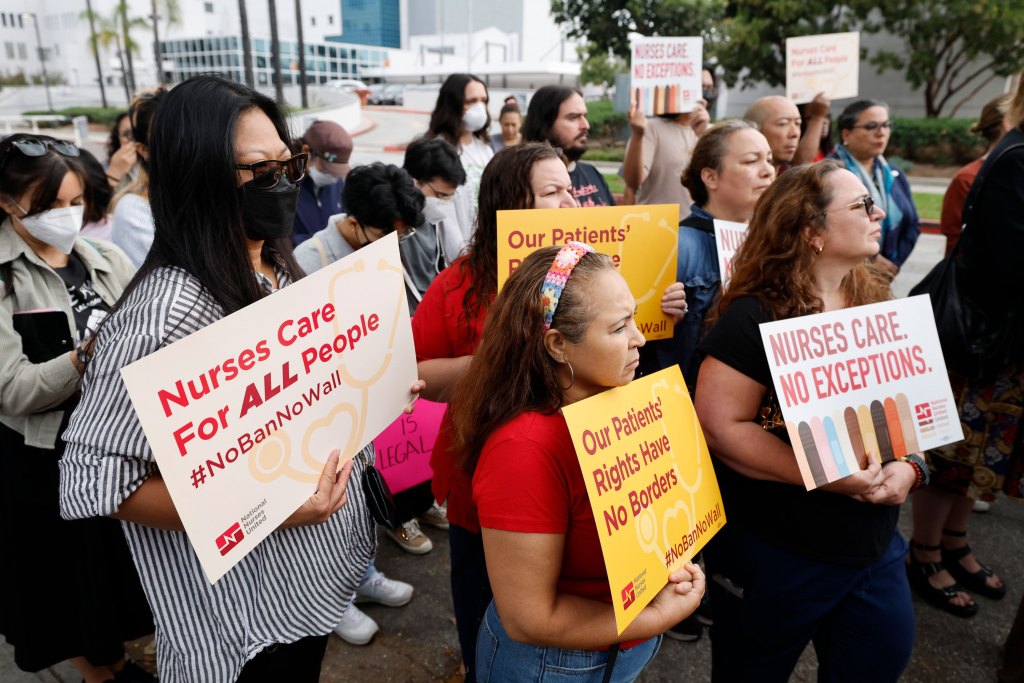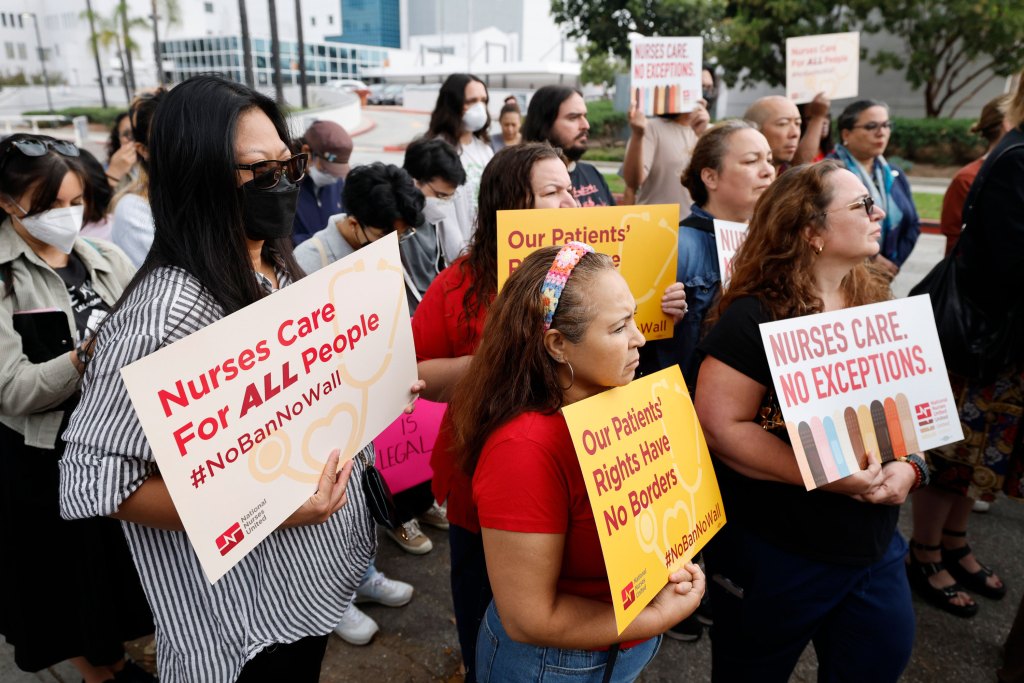What drug characteristics lead to higher vs. lower prices in the US? A paper by Beinfeld et al. (2025) finds the answer using data from SSR Health (about rebates) and Tufts Medical Center Specialty Drug Evidence and Coverage (SPEC) database (to inform drug characteristics. Among the 161 drugs in both SSR and SPEC data, the authors found that:
…rebates vary substantially across drugs (median of 27%, IQR 16%-53%). Biosimilar and originator drugs have the highest, most variable rebates (median of 71%, IQR 53%-79%), while rebates for cancer treatments and orphan drugs are lower (medians of 19% and 23%, respectively) and vary less (IQR of 12%-28% and 14%-29%, respectively).
The authors also found that:
Self-administered drugs had higher rebates (29.0%) than provider-administered (23.0%)More competition lead to higher rebates. Drugs with 0 competitors had lower rebates (16.3%) compared to those with 1-3 competitors (21.4%) or those with 4+ competitors (34.9%)Drugs more recently approved (0-3 years) had lower rebates (18.6%) compared to those approved 4-9 years ago, (28.2%) or those approved 10+ years ago (27.5%)
What might be some rationales for these findings?
Our finding that difference in net and list prices for provider-administered drugs was lower than that of self-administered drugs is not unsurprising given the limited role of pharmacy benefit managers in contracting for these drugs. Furthermore, these findings might reflect differences in 340B discounts for these drugs rather than rebates.
Why do cancer drugs have smaller rebates? This could be because they target narrower market niches with reduced competition or because cancer treatments are one of the 6 CMS’s protected classes of drugs.
You can read the full paper here.








